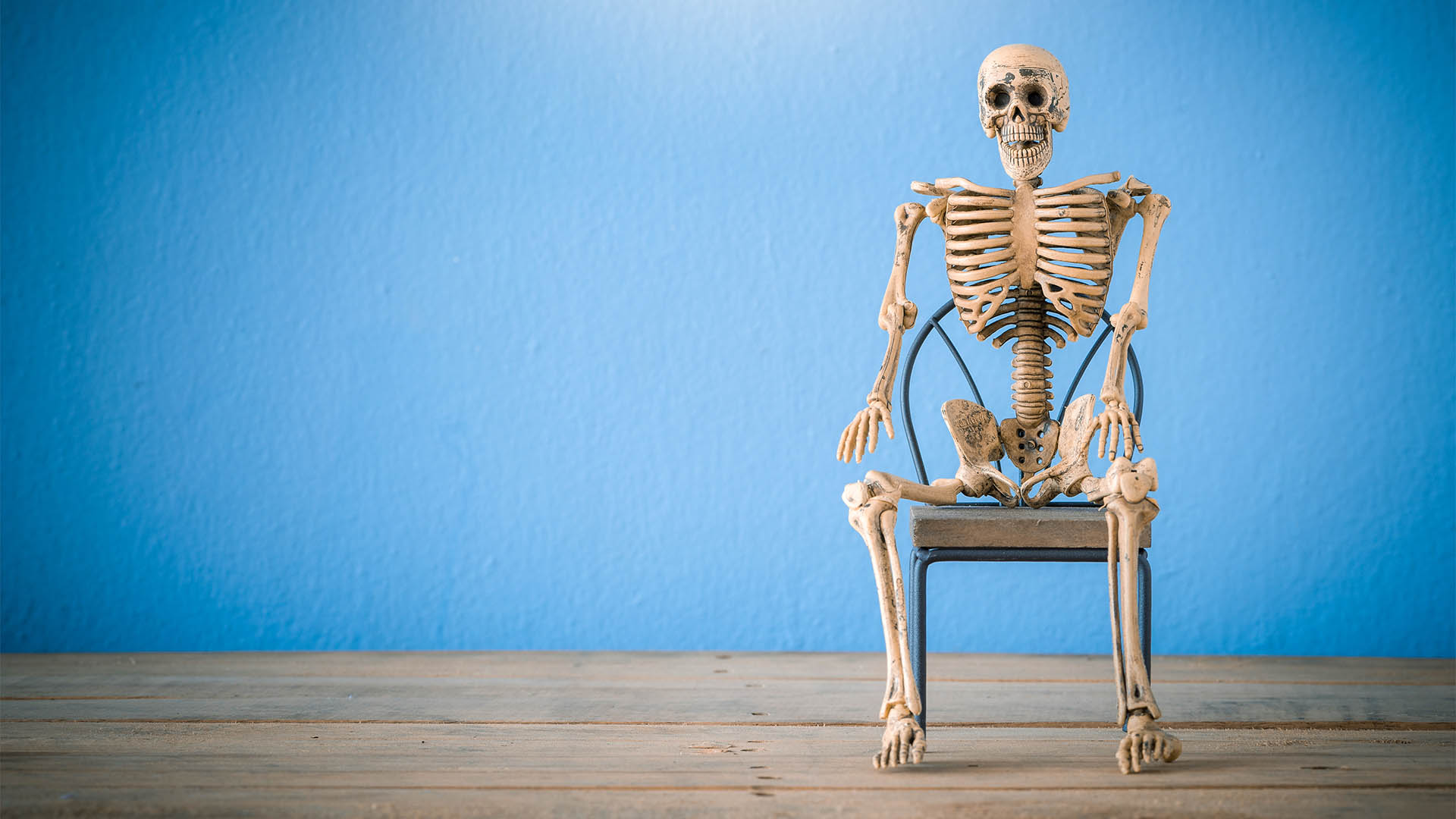The Reserve Bank board will go into today’s monetary policy discussion of the economy having had the current upbeat outlook reinforced by two key pieces of data from May released yesterday.
While building approvals fell for a second month, which was expected as the boost from the HomeBuilder subsidy faded, retail sales told a more upbeat story about consumer demand, just what the RBA wants to hear.
In fact, retail sales grew faster than initially thought in May, confirming that Australian shoppers continue to spend and boost demand.
Retail sales rose0.4% instead of the initial estimate of 0.1%, according to the final report from the Australian Bureau of Statistics yesterday.
A sharp improvement in the size of the rise for NSW and a better than first reported performance in Victoria helped lift the national performance.
Victoria saw spending improve from a 1.5% decline in the preliminary reading last month, to a 0.9 per cent decline in the final result.
NSW – which was yet to enter its own lockdown – recorded a flat result at the time of the preliminary release, but this became a solid 0.5% rise in the final release on Monday.
By industry, clothing, footwear and personal accessory retailing saw the largest difference between the preliminary and final release, with a 1.5 per cent decline improving to a flat reading.
Both Queensland and Western Australia saw rises for five out of six industries, following restrictions in April.
National retail spending was up an annual 7.7% from May 2020 when retail spending exploded from April’s lockdown to surge 16.9% over the month. That made the final reading for May look even stronger.
In a commentary yesterday afternoon, AMP Chief Economist, Shane Oliver said that May’s upwardly revised increase followed gains of 1.1% in April and 1.3% in March, and suggests retail sales were on track for a solid increase this quarter.
“Coronavirus related lockdowns in Victoria at the beginning of June and then later in June in NSW, Queensland, Perth and Darwin will impact, particularly the longer lockdown in NSW which overlaps with school holidays and may impact holiday related spending, but the impact will be spread across June and July and the lockdowns in Queensland, Perth and Darwin are unlikely to have a major impact as they were short.
“And even if retail sales fall -1% in June they are on track to rise a solid 1.6% for the June quarter in nominal terms given the strength across March, April and May.
“More broadly, the combination of the strong jobs market, high levels of consumer confidence, the build-up of excess savings and positive wealth effects indicate that the fundamentals for consumer spending are strong.” Dr Oliver wrote.
…………
Meanwhile a very different but not unexpected result from the May building approvals data from the Australian Bureau of Statistics yesterday.
The ABS reported dwelling approvals fell a 7.1% in May to 20,163 dwellings, after April saw a 5.7% drop in April.
Approvals had hit a four-year high in March of 23,000 when the federal government’s HomeBuilder program was due to end.
Applications to participate in HomeBuilder were extended to April 14 and construction can commence up to 18 months later but it is clear the impetus behind the home building surge has gone.
The program approved government co-funding of up to $25,000 and was used for 99,253 new houses and 22,110 renovations. It is expected to cost the budget $2.5 billion.
“The decline in building approvals from their peak likely reflects the end of the HomeBuilder subsidy at the end of March, which brought approvals forward,” AMP Capital’s chief economist Shane Oliver wrote in a note to clients yesterday.
Despite the decline in May, approvals were still nearly 53% above March 2020.
When the program was announced in June 2020 the number of dwelling approvals was at an eight-year low of about 12,700.
Mr Oliver noted the Australia Industry Group’s latest construction survey points to ongoing strength in orders for new houses.
Daniel Rossi, ABS Director of Construction Statistics, said in Tuesday’s statement that “The fall in the total number of dwellings approved in May was driven by a 10.3 per cent fall in private sector houses.
“Although we saw a decline in private sector house approvals in May, this came off the back of the record high in April.
“Across Australia, the number of dwelling approvals fell in Queensland (-13.1 per cent), South Australia (-11.9 per cent), New South Wales (-10.9 per cent) and Western Australia (-8.7 per cent), in seasonally adjusted terms. Dwelling approvals rose in Victoria (3.2 per cent) and Tasmania (2.0 per cent).” the ABS reported.
“Approvals for private sector houses fell across all mainland states: Western Australia (-18.0 per cent), South Australia (-16.9 per cent), Queensland (-13.8 per cent), Victoria (-5.8 per cent) and New South Wales (-4.6 per cent), in seasonally adjusted terms.”
The ABS said the value of total building rose 4.5%, in seasonally adjusted terms. The value of non-residential building rose 28.5%, driven by a large rise in public sector projects approved in May, following a 38.5% fall in April.
The value of total residential building fell 6.7%, comprising a 5.8% fall in new residential building and a 12.7% fall in residential alterations and additions.
So both sets of data won’t change the thinking at the Reserve Bank except to confirm that consumer spending remains solid, though not as strong as in the six months to March.
The slowdown in building will take a couple more months to be really felt but the RBA will feel that will take the pressure off building product prices and indirectly new home costs. But there will be employment losses to come unless more infrastructure spending appears.













